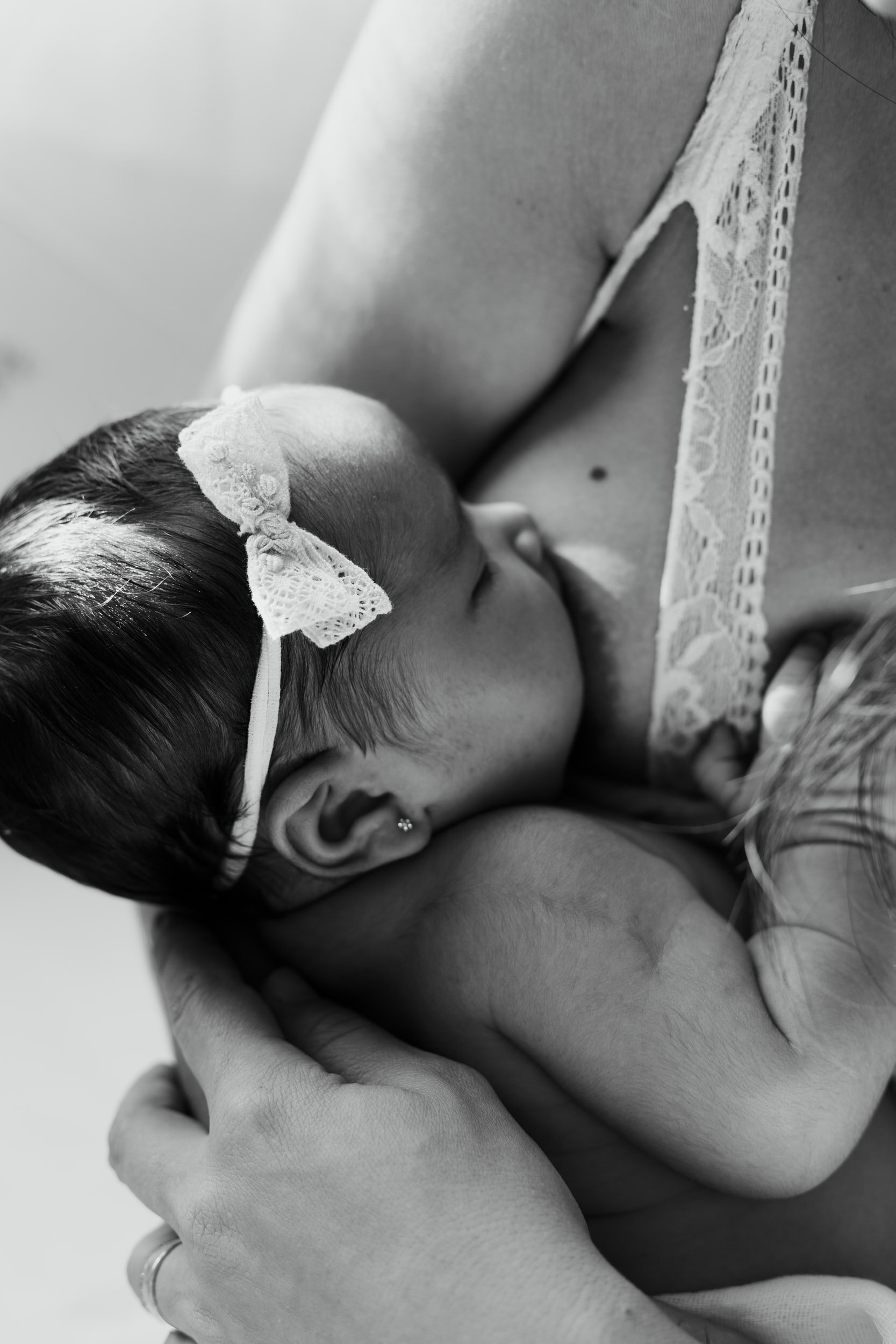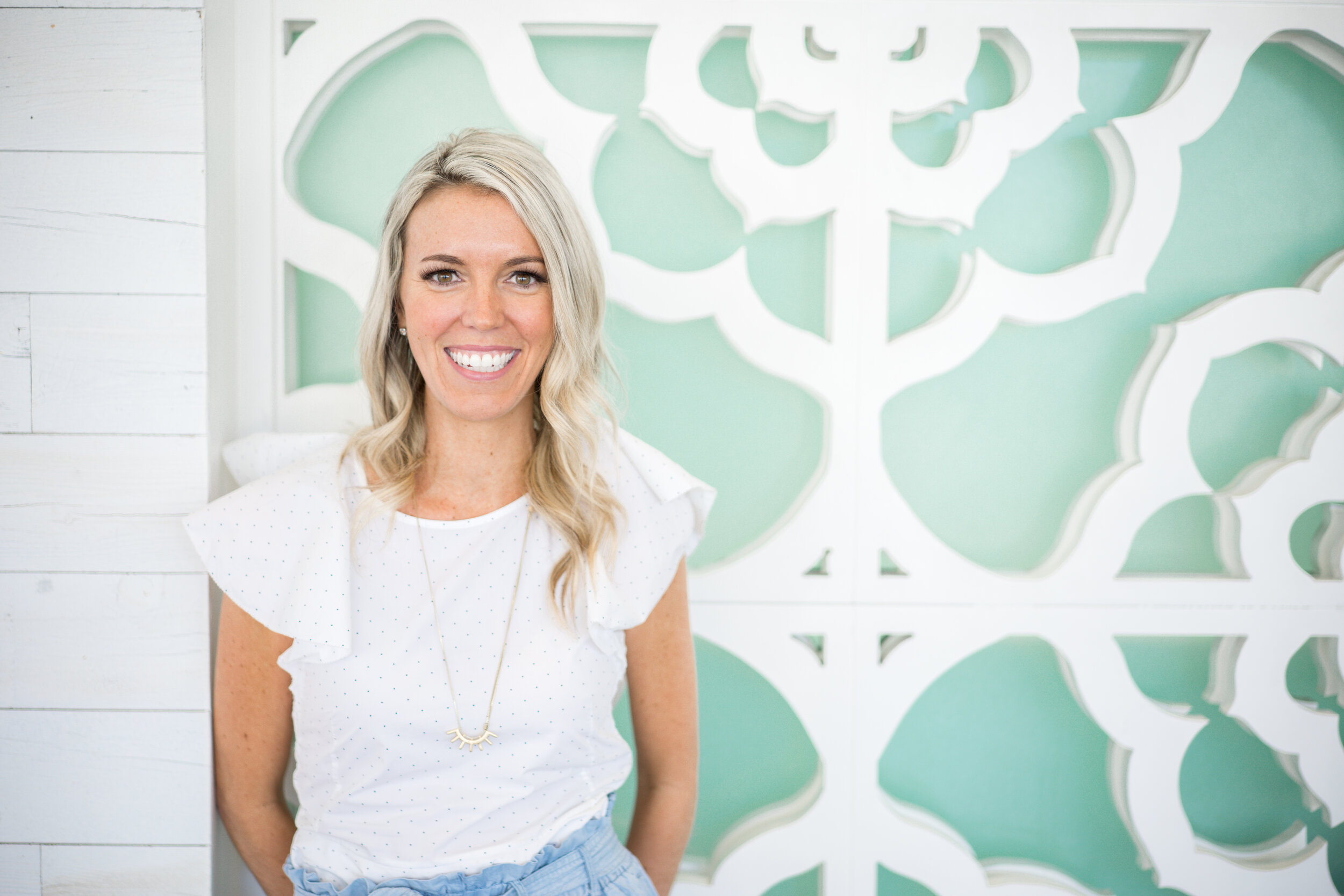How to start EAT PLAY SLEEP
What is “Eat Play Sleep”?
Babies crave routines, which is why creating a flexible eat play sleep routine early on can be so beneficial for years to come. The eat play sleep routine can give us a line of communication to our children, assist in the put down process with no tears, and reduce overall fussiness by reducing any stress and uncertainty that baby might have.
In short: The eat play sleep routine begins with your baby waking up from night time or a nap, having a full feed, followed by playing— which could be tummy time for example, followed then by sleep which would be a nap or bedtime. This routine then repeats all day, until bedtime.
But first, if you are new I want to say HELLO! I’m Lauren - owner and #babysleep fairy at Sleep and the City – a baby sleep agency. We’ve helped thousands of families with sleep and love to provide as much support as we can. Today’s topic is a really great one and lots of fun, too!
Benefits of Eat Play Sleep
The Eat Play Sleep routine allows you to keep your babies tummy full without checking the clock nonstop, and weakens the association with needing food to fall asleep (which is a common trap the parents may fall into and get stuck doing every single time baby wakes up at night- more on that here if you’re looking to begin night weaning). Eat Play Sleep also reduces the chance of developing that need to latch on a breast or bottle in order for baby to fall asleep in the first place. Babies CRAVE routine— it’s the only way to communicate with them at such a young age! By instilling a routine that repeats day after day, baby’s day becomes more predictable, which equals a happy, fuss-free baby!
When to Start Eat Play Sleep
I recommend beginning the Eat Play Sleep routine from birth (although it can be tricky with a super sleepy newborn!); see my newborn class here for a month-by-month guide on how to ensure baby is sleeping up to their full potential! However, it can be a wonderful routine to settle into with older babies as well, all the way until toddlerhood!
How to start Eat Play Sleep with your Baby
Before you start, make sure you have one of my free baby sleep schedules here, via my quiz, to get you started with the correct wake windows for your baby’s age— this will be super helpful in figuring out how many naps your baby actually needs.
Next, try picking a morning wake time up for your baby and stick to it, within 30 minutes every day. I picked 7am when my son was a newborn, since that’s when ideally I wanted to get up, and never turned on the lights or got out of bed with baby prior to 6:30am. When he woke around 7am, I would feed him (about 30 minutes), change his diaper (great trick mid-feed if he was falling back asleep), and spent some time walking around the house or in the swing/bouncer. Once an hour had passed, I swaddled him back up and laid him back in the co-sleeper next to me for a morning nap. Then this entire process repeated again around 10am, and lasted until bedtime. These first few weeks can make you feel a bit crazy and tied to your house, but it does get easier after you’re in a routine yourself around baby’s nap times!
For the eat portion, I made sure that my baby had a full feed, which could last up to 45 minutes those first few weeks (yes, feeding a brand new baby takes SO LONG!).
For the play portion, you can try diaper changes, changing clothes, tummy time, the swing/bouncer positioned in front of a sliding glass door (natural light source), Mommy playdates or short errands outside of the home.
About 5-10 minutes before your recommended wake window is coming to an end, you’ll want to start the sleep portion by creating a nap time routine that you repeat over and over, day in and day out. Here’s a great example:
For busy babies, ten minutes is necessary yet a good chunk of time to wind down within the nursery with Mom, with changing into the sleep sack, white noise is turned on, shades are drawn, and maybe you read ONE (not two, not three!) book together. About 1 minute prior to your wake window ending, start the rocking and hum a familiar song that baby is calmed by. After the song ends, put baby down in the crib, still somewhat awake if possible.
Real Life Example of the Eat Play Sleep Schedule
We showed some GREAT examples here on Instagram of the eat play sleep routine for babies 6 months and up, but what about our newborn babes? I wanna show you my very own schedule that I had with my own daughter, that I actually found in her baby book while unpacking my house over the weekend, click the link below to take a peek!
Lauren's EPS Schedule Printable.pdf 849.01 KB
Troubleshooting Eat Play Sleep
Baby refuses to be put down for naps: This is because baby is likely dependent on something from you (like being rocking, held, or fed to sleep) in order to fall asleep in the first place…and stay asleep more than 30-45 minutes. Can you imagine if you woke up on the front lawn at midnight after falling asleep next to your spouse? Shocking, right? After you have your schedule and knowledge of the eat play sleep routine, I would highly recommend looking into some gentle sleep training with my Wink-a-Sleep method, or sleep shaping your newborn under 3 months. Sleep training AND sleep shaping are temporary hurdles that can just take a few days even to begin to see success!
Short Naps: Does baby just continue to take short naps, making this somewhat difficult? See my short naps blog post here for some solutions! If baby is hungry, go ahead and feed them! Otherwise, see if you can wait 30 minutes or so before offering the full feed. The key is keeping the END of the feed within 30 minutes of the next nap, to allow for proper digestion and reduce the chances of developing a "need to feed to sleep" habit.
Baby only feeds BEFORE naps: If your baby has already developed a habit of needing to feed prior to sleep or a nap time put down, you can slowly began to reduce the time spent feeding before the nap, and offer the rest of the feed AFTER the nap. You can do this by reducing the ounces given in a bottle before the nap, and offering feed after the nap to make up for any missed calories, until you have successfully reduced the amount of food given prior to an nap and replace that entire pre-nap feed with a feed after the nap. Switching a baby from feeding prior to an app to after a nap should only take you about a week or so max. Instead of offering a feed, try to identify a soothing method that you can use to help baby fall asleep, or at least become drowsy before putdown, which we cover in full detail in our sleep classes (see a list of our sleep classes here!)
Feel like you’ve tried nearly everything and nothing seems to help your baby sleep?
I can help!
If you’re feeling tired, at the end of your rope, and just DESPERATE for some sleep stretches at night longer than 2-3 hours, I’ve got a whole bunch of sleep solutions that I’ve done with thousands of families across the globe (attachment parenting, co-sleeping families, WFH families, multi-generation families, you name it!). My goal is to form a plan that YOU can feel comfortable with, that feels natural — without you or your baby crying it out.
Click here to set up an appointment, or just ask a question, and let’s dive in!!


